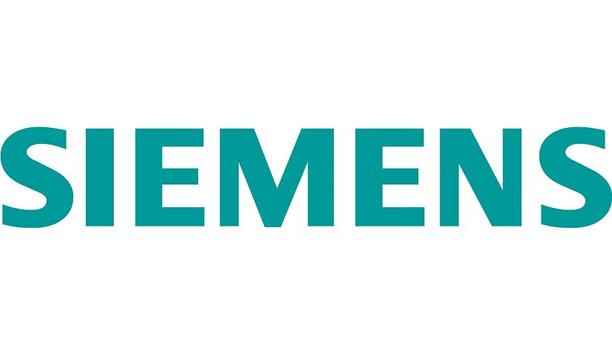Like they say – The best way to tackle a big problem is to unpack it and piece it down to small isolated issues. Resolving the small, building block issues would have a compounding effect and the big problem will be gone like a breeze.
The approach to fire suppression has evolved in quite a similar manner. In good old times when the concept of fire suppression meant the commissioning of water based sprinkler systems that worked on the principle of total flooding, the effectiveness of such systems was always a question in the minds of the experts.
Big fatal fires
Does a small, localized fire in a corner of a premise call for total flooding of the property? What about collateral damages caused by water flooding? What about expensive electronics like Computers, TVs, and other sophisticated machinery, paper files, and records? In an attempt to save them from fire, they ruin them completely by pouring water mindlessly?
These are questions that led to evolution of the concept called Micro Environment Fire Suppression
These are questions that led to evolution of the concept called Micro Environment Fire Suppression in the filed of fire safety. The concept is based on a simple rationale – Safeguard the micro spaces that are most vulnerable to catching fire and the total premises would be protected automatically.
These micro spaces are often the usual suspects, becoming the source of big fatal fires in buildings.
Specialized fire protection
Such micro spaces that are highly vulnerable to catching fire in a premise are Electrical Panels, Fuse Boxes, Cable Trays, Generators, Transformers, and Server racks. Not only do these spaces require specialized fire protection, but each require a unique method of protection.
Essentially, a Micro Environment Fire Suppression system is an automatic system that works on the principle of localized fire detection and localized fire suppression.
This means that system is monitoring a small space continuously for fire risks and the moment there is a fire incident, it detects fire automatically and activates itself to deliver the extinguishing agent in the fire zone to quell fire, without hampering the total environment of the premise.
Localized fire suppression
Fire detection technologies for such systems have seen significant advancements and innovations
Essentially, a Micro Environment Fire Suppression system is an automatic system that works on principle of localized fire detection and localized fire suppression.
This means that system is monitoring a small space continuously for fire risks and the moment there is a fire incident, it detects fire automatically and activates itself to deliver the extinguishing agent in the fire zone to quell fire, without hampering the total environment of the premise.
Fire detection technologies for such systems have seen significant advancements and innovations in the recent years. From Heat Sensing Tube Based Sensors to Special Chemical Based Quarterized Bulbs to Smoke Detectors, Heat Detectors, Flame Detectors & Aspirator detectors, the technologies have been developed to address wide variety of applications depending upon the risks associated with a given space.
Kitchen Hood Protection
Advancements have also taken place in the area of extinguishing agents used in such systems. These systems are configurable with a host of clean gases like HFC227ea / HFC236fa / CO2 etc.
Ceasefire offers a full range of Miro Environment Suppression Systems that are certified to Global Standards and designed to safeguard any kind of premise. These include unique systems for Electrical cabinet protection, Server Rack Protection, Kitchen Hood Protection, and a wide variety of other micro spaces that are vulnerable to the risk of fire. These next generation systems are redefining the concept of fire safety around the world.















